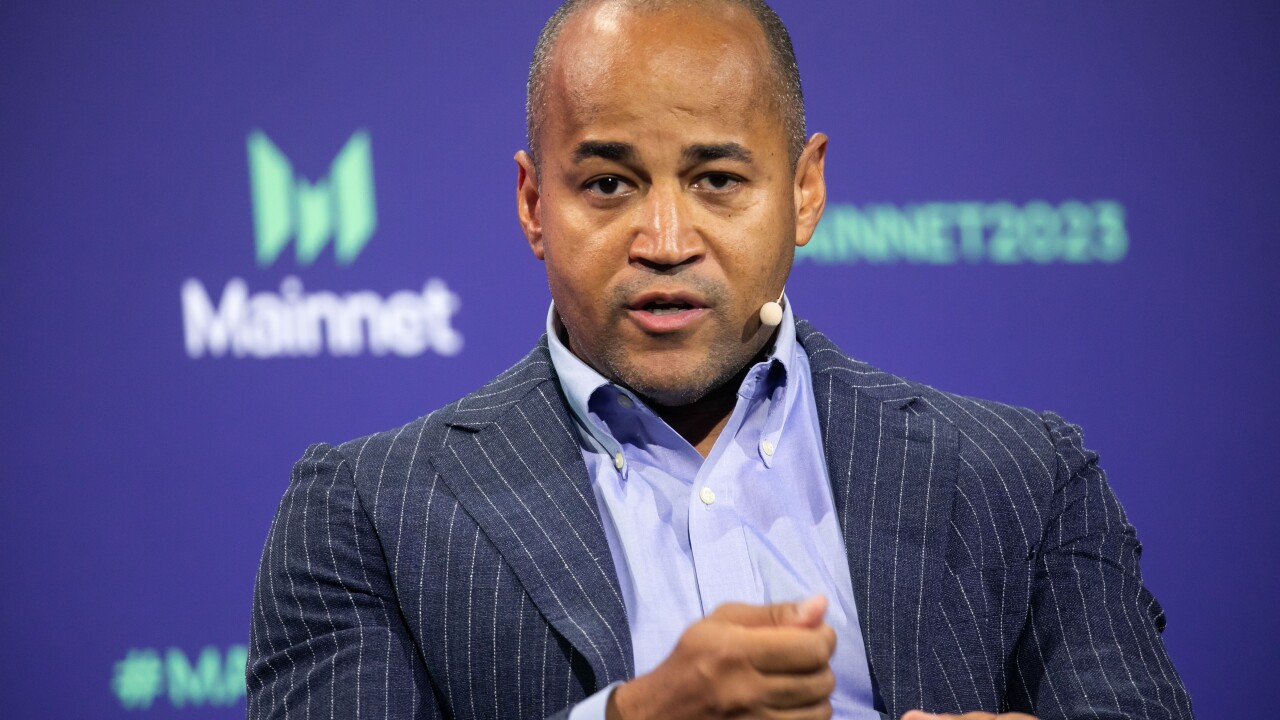Numerous credit unions have committed to a culture of growth that supports top-line growth and stellar performance. A dedicated, member-centered culture propels future credit union operations and reinforces strategic growth initiatives.
There are 10 disciplines of exceptional member-centered cultures that help to set in motion increased member satisfaction and loyalty, top- and bottom-line increases, meaningful innovation, and strategic success.
1. Commit, as an entire credit union, to member capitalism.
Member capitalism is straightforward: Your credit union succeeds when each member succeeds. Consultative sales and service programs, loan recapture plans, and outbound marketing efforts are just part of the process. Some CUs have even announced their "member capitalism" intent, challenging their members to hold the credit union accountable for finding ways to help members earn more, save more, and conduct financial transactions more efficiently.
2. Set cultural distinction as a strategic objective.
Distinction, or differentiation, as strategy can be regarded in two respects: Carrying out different activities than your competition; or, carrying out comparable activities in a different manner than your competition. In a world where all sometimes shout the same message, look to discover unique ways to be different than your competition in ways that matter most to your core members. What, precisely, do you want your CU to be culturally known for that sets it apart from other institutions? Then, build action-oriented strategies for this very specific objective.
3. Communicate your strategy for members throughout your credit union.
Strategy is everyone's business — at every branch, desk and station. How do the long-term objectives for your members take shape on a daily basis with your colleagues? Task your management team with delineating the daily, hands-on ways that your colleagues deliver your credit union's strategy.
4. Add the entrepreneurial spirit to your culture.
A common thread among successful entrepreneurs is they awaken every morning with full knowledge and slight displeasure that their product or service is not in the hands of every potential customer — yet. When all colleagues understand the value your credit union provides (and can provide more of) for each member, entrepreneurial attitudes and actions are more likely to begin building the business of your credit union. Keep in mind, too, that entrepreneurial rewards go hand in hand with entrepreneurial efforts.
5. Listen to your front line leaders.
One of my credit union CEO friends "works" the teller line each month and will jokingly tell you that the branch manager won't give him a cash drawer. His intent is to hear — straight from the source — how member-driven initiatives and plans are working out. He benefits in learning of successes and necessary refinements, and his front line leaders understand how their contributions help to shape the credit union's growth and success. Regardless of how you go about learning from the front lines, make a habit of realizing the effectiveness of their execution.
6. Implement on-the-spot training, coaching and leadership.
Cultures continuously evolve and require regular dialogues to complement annual "All Hands" meetings and training sessions. Concise — weekly or daily — sessions, updates, and de-briefs on products, sales and service improvements, solutions to problems, and celebrations of success allow you to address necessary changes, recognize best practices, and lead your growing culture in ways that resonate with your members.
7. Ensure cross-functional service and partnership.
Leadership for your members is everywhere in your credit union. The back office is just as important for member service as the call center and IT is just as essential for member awareness as the marketing department. As you refine your culture, outline every touch point of a member's experience and ensure that leadership and collaboration guides the development, implementation, and support of your products, services, and member's experience.
8. Listen to what your members say.
Whether it's via survey, Net Promoter Score, Customer Effort Score, Facebook, Twitter, focus groups, or good old "lobby talk," your members will tell you what's working and what could work better at your credit union. Listen to your members, frequently and intentionally, to better understand their experiences with your credit union — expected in the present and essential for the future.
9. Measure what your members do.
Metrics matter and they tell the story of your progress and success. An assessment of your culture's development, measures regarding member loyalty, product use, profitability, and lifetime value help your credit union gauge the tangible value of your culture.
10. Innovate relentlessly.
If there's an iPhone 5 in your hands and an iPhone 6 on the way, chances are an iPhone 7 is in the works. Yet, innovation isn't set aside for technology issues only; it's applicable to products, operations, processes, marketing, and more. What's most important is to systematically inquire of every function in your credit union, "What's next?" Your incremental actions of improvement make your credit union more significant and indispensable to your members.
A member-centered culture is essential for your members' and credit union's success. These disciplines, when applied and set in motion, help produce first-class results for members. As an outcome, your credit union benefits from sustainable growth and increased enterprise value. In the end, exceptional member-centered cultures produce exceptional profits for your members and credit union.
Jeff Rendel is president of Rising Above Enterprises and can be reached at





